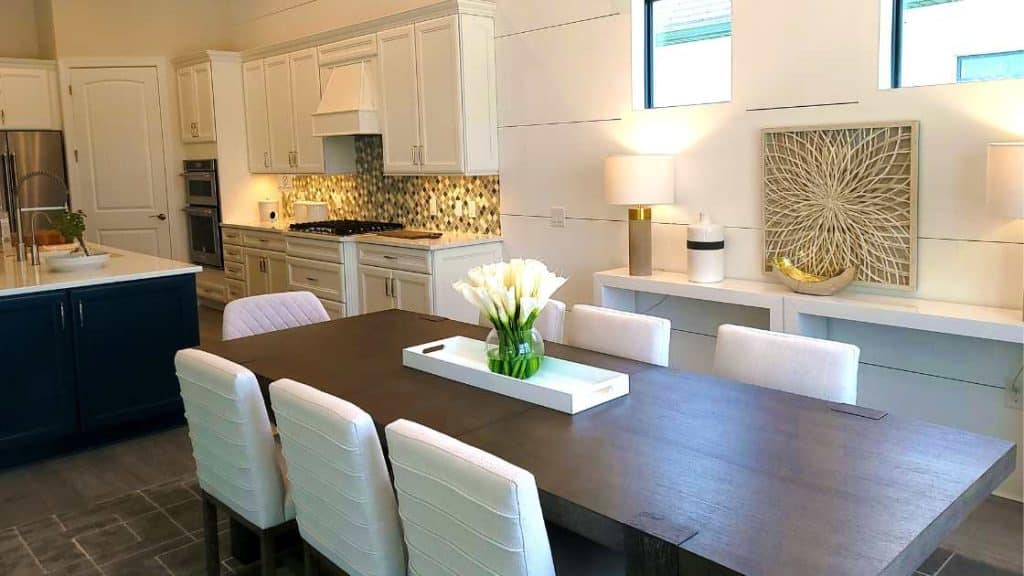To clean a walnut dining table, gently wipe it with a soft, damp cloth and a mild cleaner. Regular dusting maintains its natural luster.
A walnut dining table provides both function and style, bringing a warm, elegant atmosphere to any dining room. This type of furniture is known for its durability and rich, inviting grain, but maintaining its beauty requires proper care.
Whether you’re dealing with daily dust, accidental spills, or just the usual wear and tear, knowing the right techniques to clean your walnut table can keep it looking splendid for years.
By employing a few simple cleaning habits, you can protect the wood’s surface from potential damage and preserve the table’s timeless appeal. Now , we will explore in this content about “How to Clean Walnut Dining Table?”
Keep in mind that the use of harsh chemicals or abrasive materials can mar the finish, so it’s critical to choose your cleaning supplies wisely to safeguard the table’s exquisite appearance.
Introduction To Walnut Furniture Care
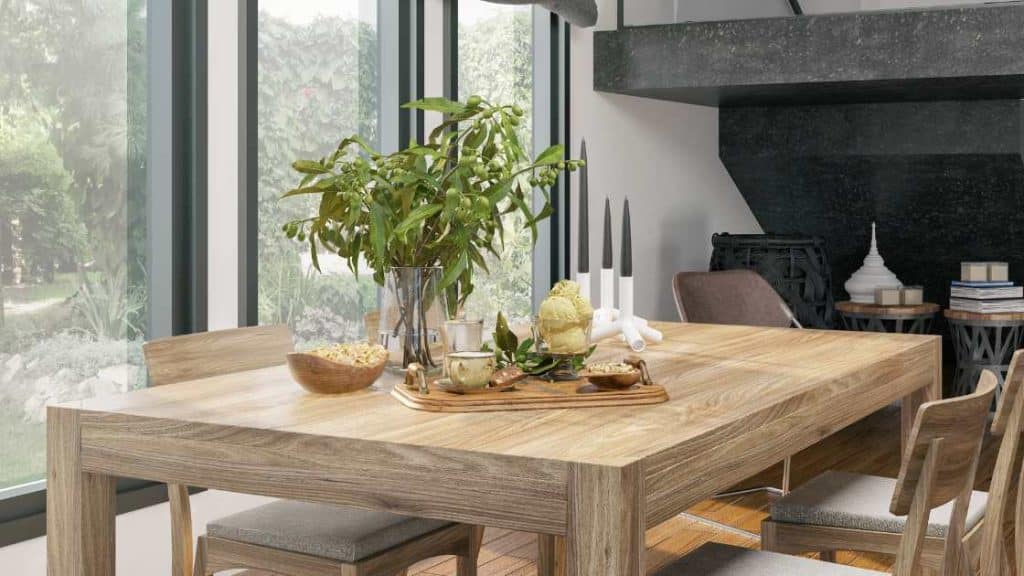
Walnut furniture, especially dining tables, requires special attention due to its distinct characteristics. Rich in color, durable, and with a lustrous finish, walnut’s natural appeal demands proper care. Learn to maintain its beauty, and your walnut dining table will be a centerpiece for years to come.
The Appeal Of Walnut For Dining Tables
- Walnut wood features deep, chocolate hues.
- It brings warmth to dining room decor.
- Grain patterns add unique visual interest.
- Known for its strength and stability.
Basics Of Wood Care
Caring for walnut wood is not complex. Start with the basics:
- Use soft cloths for cleaning.
- Avoid harsh chemicals.
- Protect from excessive sunlight and heat.
- Regular dusting preserves the table’s shine.
Implementing these care guidelines, your walnut table will continue to be both functional and strikingly beautiful.
Preparing To Clean Your Walnut Dining Table
A walnut dining table is a prized possession that requires regular care. Before diving into the cleaning process, proper preparation ensures a safe and efficient clean. Start by choosing the right supplies and clearing the table.
Gathering The Necessary Cleaning Supplies
Gather all tools and cleaners before you start. This makes cleaning swift and straightforward. Here’s what you will need:
- Soft, lint-free cloths – for wiping and drying the table
- Mild dish soap – as a gentle cleaner
- Warm water – to mix with dish soap
- Wood polish – to enhance the table’s shine
- Microfiber towel – for a streak-free finish
Clearing The Table Surface
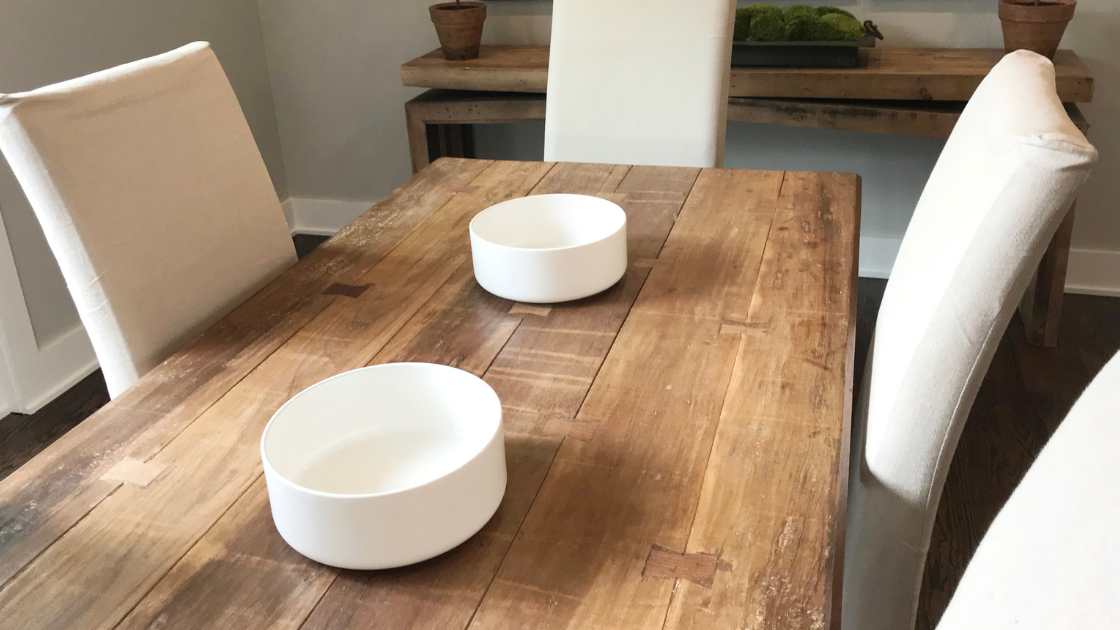
Begin by removing everything from your table. Be gentle to prevent scratches. Here’s a quick checklist:
| Action | Item |
|---|---|
| Remove | Tablecloth and placemats |
| Lift off | Centerpieces and decor |
| Clear away | Cutlery and dishes |
Once the table is cleared, you are ready to start the cleaning task!
Daily Cleaning And Maintenance Tips
Keeping a walnut dining table in perfect condition requires simple, daily practices. Uncluttered and polished, a well-maintained table can last generations. Let’s delve into effective techniques to ensure your walnut table stands the test of time.
Dusting Techniques For Walnut Surfaces
Dust acts like fine sandpaper on wood surfaces. Regular removal is key. Use a soft, lint-free cloth, such as microfiber, to capture loose particles. Always dust in the direction of the wood grain. This prevents tiny scratches. For intricate carvings or hard-to-reach areas, a soft-bristled brush works wonders.
Avoid dry-dusting, as it might leave scratches. Lightly dampen your cloth with water or a wood-friendly cleaner.
Addressing Spills And Stains Promptly
Spills can happen, but they needn’t spell disaster. Act fast to prevent water rings or stains. Blot, don’t wipe, to avoid spreading moisture. Use a soft, absorbent cloth for this. For tougher marks, a mix of water and mild dish soap can help.
Rinse with a damp cloth, follow up with a dry one. Dry the area thoroughly. Never use harsh chemicals, as they can damage the wood finish.
Regular maintenance coupled with these daily cleaning habits will keep your walnut dining table shining. Your diligence now will pay off for years to come.
Deep Cleaning Process For Walnut Dining Tables
Deep cleaning a walnut dining table revives its elegance and shines. Unlike regular dusting, it involves a thoughtful process to protect the wood while restoring its natural beauty. Gentle yet effective, this method ensures the longevity and appeal of your furniture.
Choosing The Right Cleaning Agents
Walnut wood needs special care. Knowing which cleaning agents work is best. Pick products that clean without harming the wood. Natural and pH-balanced solutions are your go-to choices. Avoid harsh chemicals to maintain the integrity of the walnut’s finish.
| Suitable Cleaning Agents | Unsuitable Cleaning Agents |
|---|---|
| Warm water | Bleach |
| Mild dish soap | Ammonia |
| Vinegar (diluted) | Silicone-based cleaners |
Step-by-step Deep Cleaning Instructions
- Remove all items from your dining table.
- Dust the surface to eliminate loose particles.
- Mix a cleaning solution:
- Warm water (1 cup).
- Mild dish soap (1 teaspoon).
- Add a drop of vinegar for grease.
- Wipe the table using a soft cloth:
- Dip into the solution.
- Wring out excess liquid.
- Gently rub in the direction of the grain.
- Rinse with a damp cloth: just water.
- Dry with a clean, soft cloth immediately.
- Polish for extra shine (optional).
Perform deep cleaning quarterly. It maintains the table’s look and health. For everyday spills, clean promptly to prevent damage. Always use coasters and placemats to protect your table’s surface.
Caring For The Finish Of Your Walnut Table

To maintain the beauty of your walnut dining table, proper care is vital. The wood’s finish is not just about aesthetics; it also protects the surface from damage and wear. Knowing how to clean and maintain this finish will keep your walnut table looking its best for years.
Identifying The Type Of Finish
Different finishes require varied approaches. Start by determining the treatment used on your table:
- Oil finish: Gives a natural, soft sheen.
- Lacquer or varnish: Provides a hard, glossy coat.
- Shellac: Offers a warm glow with a delicate finish.
- Paint: Often used for a more rustic or contemporary look.
Polishing And Protecting The Table Surface
To polish your walnut dining table, use the right products:
- For oil finishes: Apply a walnut oil-based product.
- For lacquer or varnish: Use a non-abrasive furniture wax.
- For shellac finishes: A lightly dampened cloth with water.
Protect the surface to reduce the need for repairs:
- Use coasters for glasses and mugs.
- Place hot pads under warm dishes.
- Avoid sharp objects that can scratch.
By identifying your finish and using the correct care techniques, your walnut table can age gracefully, remaining both a centerpiece and a conversational piece in your dining space for many years.
Protective Measures And Scratch Prevention
Keeping your walnut dining table in pristine condition is key to maintaining its elegance and longevity. Protective measures and scratch prevention are essential steps in ensuring that your beautiful investment remains as impressive as the day you bought it. A few simple practices can go a long way in protecting the wood’s integrity, ensuring the table remains the centerpiece of family gatherings for years to come.
Using Tablecloths And Placemats
One of the simplest ways to guard your walnut dining table is by using tablecloths and placemats. These layers between your table and potential scratches or spills both decorate and protect.
- Tablecloths: Opt for a heavyweight fabric that drapes over the edges. This extra material keeps the sides safe too.
- Placemats: Choose sturdy placemats for daily use. They shield the natural wood surface each mealtime.
Preventing Scratches And Dents
Preventing damage to your walnut table requires a proactive approach. A few habits can help avoid the distress of a damaged surface.
| Practice | Benefit |
|---|---|
| Use coasters | Prevents ring marks and scratches from glasses and mugs. |
| Lift instead of drag | Avoids scratches when moving items on the table. |
| Trim pet nails | Reduces the risk of accidental scratches from pets. |
| Felt pads on decor | Safeguards against scrapes from decorative pieces. |
Regular maintenance and considerate use are your table’s best friends. These protective measures, and your walnut dining table will thank you with its long-lasting beauty and charm.
Addressing Common Issues With Walnut Tables
Walnut dining tables can bring warmth and elegance to any dining room. But, like any piece of furniture, they face common issues such as water rings and heat marks or minor scratches and nicks. In the following sections, you’ll learn how to tackle these challenges to keep your walnut table in pristine condition.
Dealing With Water Rings And Heat Marks
Water rings and heat marks can mar the surface of your walnut table and detract from its beauty. Begin by drying the surface thoroughly if any moisture remains. A simple at-home solution to address this is to apply non-gel toothpaste on the mark, let it sit for a few minutes, and then gently rub with a soft cloth in a circular motion.
For tougher marks, mix baking soda with the toothpaste before application. Finish by wiping the area with a clean damp cloth and drying thoroughly.
Fixing Minor Scratches And Nicks
Over time, your table may acquire minor scratches and nicks. Fill lighter scratches with a walnut-colored wax pencil. Rub the pencil over the scratch, then buff the area with a soft cloth. Deeper nicks can be treated by color-matched wood putty.
Apply it with a putty knife, and once it’s dry, sand it down gently. Always finish with a coat of polish to restore shine and protect the surface.
The Role Of Humidity And Temperature
The Role of Humidity and Temperature on your walnut dining table cannot be overstated. These elements play a vital role in the longevity and appearance of wood furniture. Maintaining your table involves these factors.
Let’s explore how to preserve the beauty of your walnut dining table amidst varying climates.
Maintaining Optimal Conditions For Wood Furniture
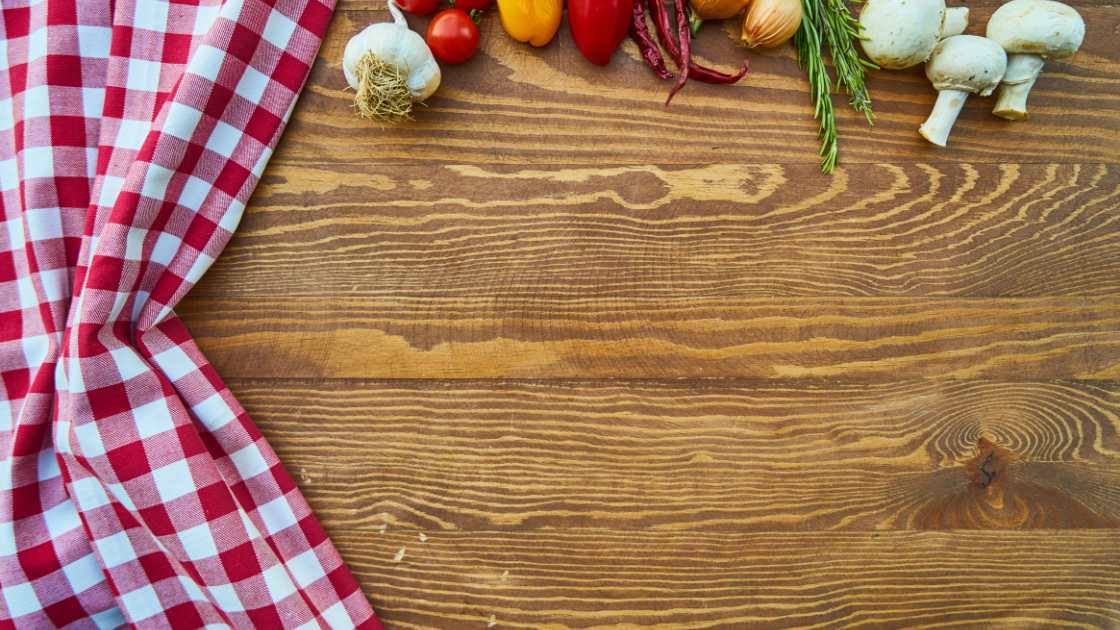
Wood thrives in stable conditions. Sudden changes in humidity and temperature can lead to damage. The goal is to keep your walnut dining table in an environment that fosters its preservation.
- Keep humidity levels between 40-60%.
- Avoid placing furniture near heating or cooling vents.
- Use humidifiers or dehumidifiers to balance the air.
Think of wood as a living breathing material. It absorbs and releases moisture as humidity changes. Consistent conditions ensure minimal expansion and contraction, which contributes to the table’s well-being.
Managing Seasonal Changes And Their Effects On Walnut
As seasons shift, so do the indoor conditions of your home. Extreme temperatures can cause warping or splitting. A few protective measures can help:
| Season | Action |
|---|---|
| Winter | Use humidifiers to add moisture to dry air. |
| Summer | Use dehumidifiers or air conditioning to remove excess moisture. |
Mind the window areas, as sunlight can alter wood color. During colder months, heat sources can overdry the wood. Therefore, seasonal awareness is pivotal in caring for your walnut dining table.
Regular checks of humidity and temperature with a simple hygrometer can alert you to conditions needing your attention. This proactive measure will keep your walnut dining table in prime condition year-round, ensuring it remains a beautiful centerpiece in your home.
When To Seek Professional Help
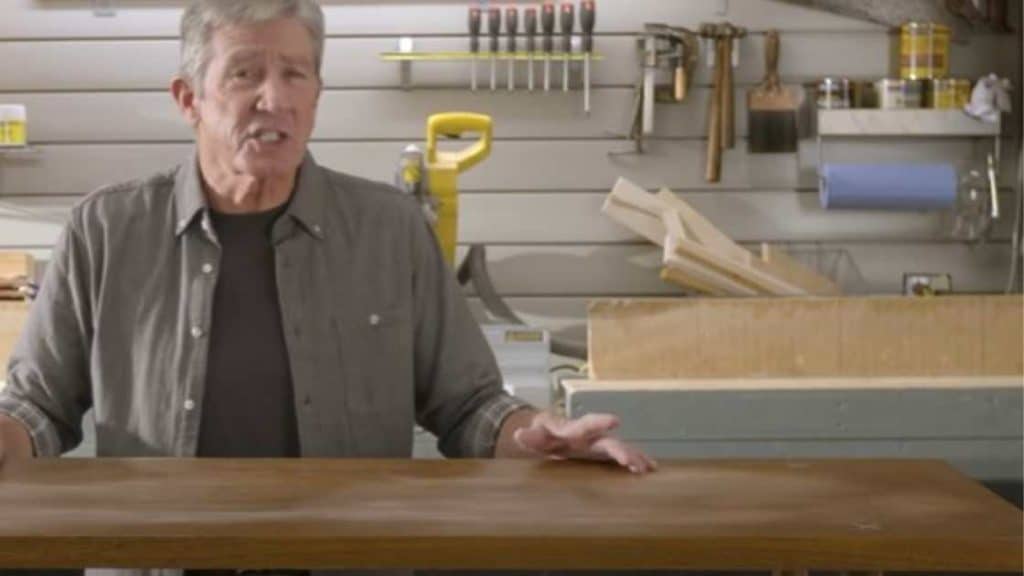
Caring for a walnut dining table can usually be a simple at-home task. Certain conditions indicate it’s time to call in the experts. Identifying when professional help is needed will ensure the longevity and beauty of your walnut table. Let’s explore when to seek specialized assistance.
Recognizing Professional Refinishing Needs
A walnut dining table may require more than a simple clean. Look for these signs:
- Deep Scratches: Surface-level can often be buffed out, but deeper ones need a professional’s touch.
- Water Rings: Sometimes these penetrate the finish and necessitate expert refinishing.
- Fading or Discoloration: Sunlight can cause uneven coloration that needs refinishing.
- Peeling or Flaking Finish: This shows it’s time to strip the old finish and apply a new one.
Finding And Choosing A Furniture Restoration Specialist
Selecting the right specialist involves research. Follow these steps:
- Search Locally: Start with a simple online search for nearby experts.
- Check Reviews: Read feedback from previous customers to gauge reputation.
- Verify Experience: Look for specialists with experience in walnut table restoration.
- Ask for Estimates: Get several quotes to compare prices and services offered.
- Review Past Work: Request photos of previous projects to assess skill level.
With these steps, discovering a trusted professional for your walnut table becomes a smoother process. Always remember, maintaining the quality of your table often prevents the need for such interventions.
Do’s And Don’ts Of Walnut Table Care
The well-loved walnut dining table is a centerpiece in many homes, radiating warmth and elegance. To keep it in top shape, it’s essential to know the do’s and don’ts of walnut table care. Let’s delve into the best practices and common mistakes to steer clear of, ensuring that this treasured furniture piece stands the test of time.
Best Practices For Longevity
- Use coasters to prevent water rings and heat damage.
- Wipe spills immediately with a soft, dry cloth.
- Place a tablecloth or placemats during meals for added protection.
- Clean with a mild, water-based cleaner following the wood grain.
- Polish periodically with a non-silicone walnut wood polish.
- Avoid direct sunlight by using curtains or blinds, preventing fading.
Common Cleaning Mistakes To Avoid
| Mistake | Reason to Avoid |
|---|---|
| Using harsh chemicals | Can strip the wood’s natural oils |
| Oversaturating with water | Leads to warping and staining |
| Scrubbing with abrasive tools | May scratch the table surface |
| Leaving spills unattended | Can cause permanent staining |
| Placing hot items directly | Damages the finish and wood |
Final Tips
Caring for your walnut dining table improves its longevity and beauty. Follow these final suggestions to maintain your table’s luster.
Review Of Key Takeaways For Cleaning Walnut Dining Tables
- Gentle cleaning is very important for walnut’s delicate surface.
- Use a soft cloth and mild detergent to avoid scratches.
- Avoid water rings by using coasters under beverages.
- Regular dusting helps maintain the table’s shine.
- Apply walnut-specific polish semi-annually for extra protection.
Additional Resources For Walnut Furniture Care
Explore these resources to ensure proper maintenance:
- Guides on wood furniture care.
- Videos on polish application techniques.
- Forums for woodworking advice.
Remember, proper care will make your walnut dining table a timeless centerpiece for years to come.
Frequently Asked Questions For How To Clean Walnut Dining Table
What’s The Best Cleaner For Walnut Tables?
To clean a walnut dining table, opt for a mild dish soap and warm water solution. Dampen a soft cloth with the mixture, wring out excess liquid, and gently wipe the surface. Avoid harsh chemicals that could damage the wood’s finish.
How Often Should You Polish A Walnut Table?
Polish your walnut dining table every three months to maintain its shine and protect the wood. Using a high-quality furniture polish will help shield the wood from dust and daily wear.
Can Water Stains Be Removed From Walnut?
Water stains on walnut can be removed using a gentle method. Mix a paste of baking soda and water, apply it to the stain, let it sit briefly, and then wipe away with a soft cloth. Refrain from using abrasive materials that might scratch the surface.
Is Walnut Wood Furniture Durable For Dining Use?
Walnut wood is highly durable, making it an excellent choice for dining tables. It’s resistant to warping and maintains its shape over time, withstanding frequent use and minor spills when properly cared for.
How Do You Clean a Walnut Wood Table?
To clean a walnut wood table, begin by dusting the surface with a soft, lint-free cloth to remove loose dirt and debris. Next, mix a solution of mild soap and water, dampen a clean cloth with the mixture, and gently wipe down the table, being careful not to oversaturate the wood.
Conclusion
Maintaining the luster of your walnut dining table is straightforward with the right approach. Regular cleaning preserves its beauty and functionality for years. Maintain these simple steps; enjoy meals and memories on a table that continues to shine. Your expertly cared-for walnut dining table will undoubtedly impress family and guests alike.

